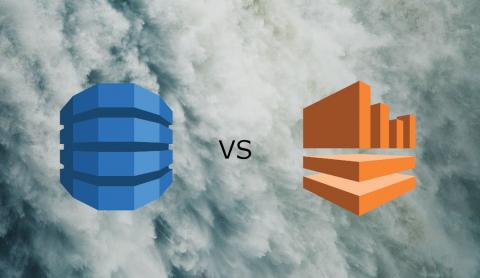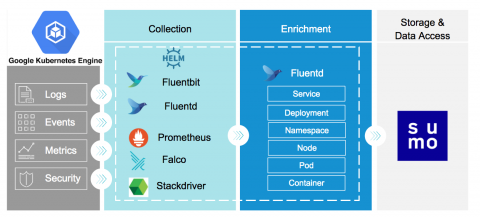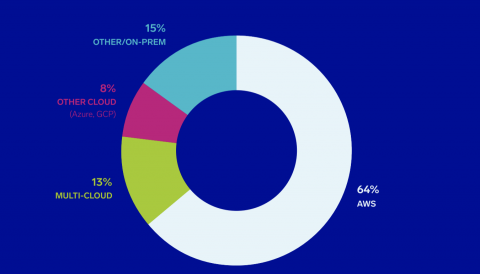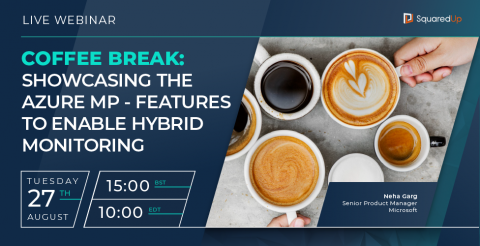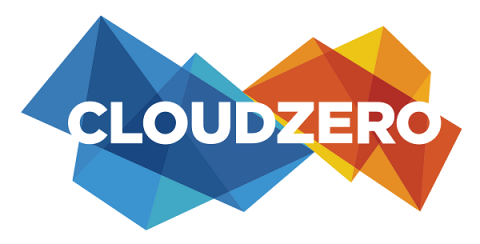The best reason to use DynamoDB streams is...
Many clients have asked me, “When do I use DynamoDB streams vs Kinesis?” It’s a great question, since both services are very similar, especially when you process their records with Lambda functions. So let’s break it down and look at the key differences between Kinesis and DynamoDB streams. When it comes to streaming and processing real-time events on AWS, Kinesis is the de facto solution in AWS.


